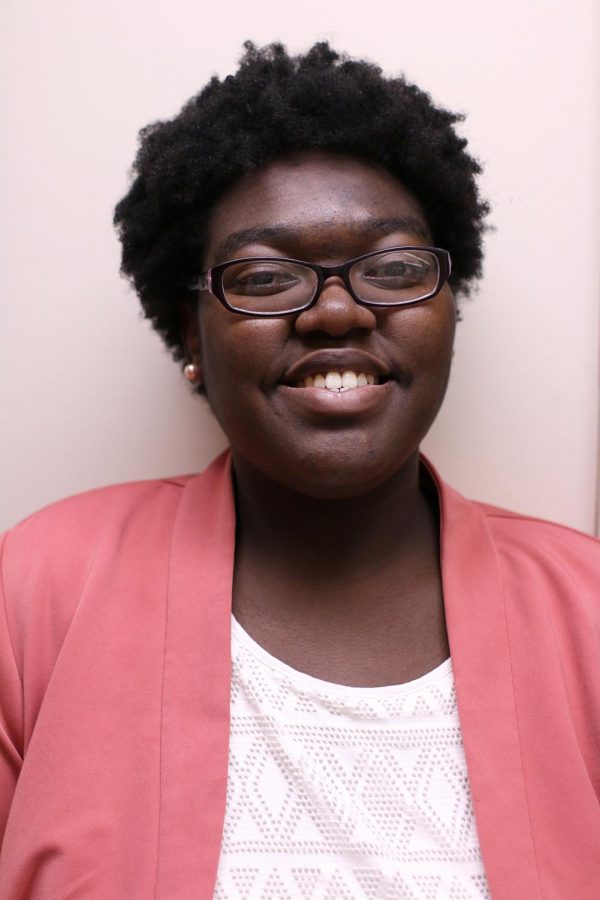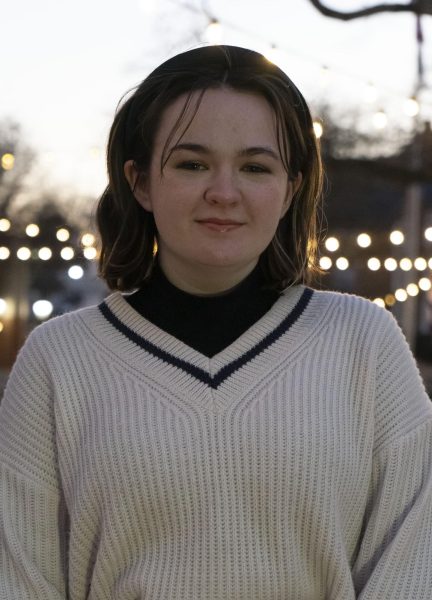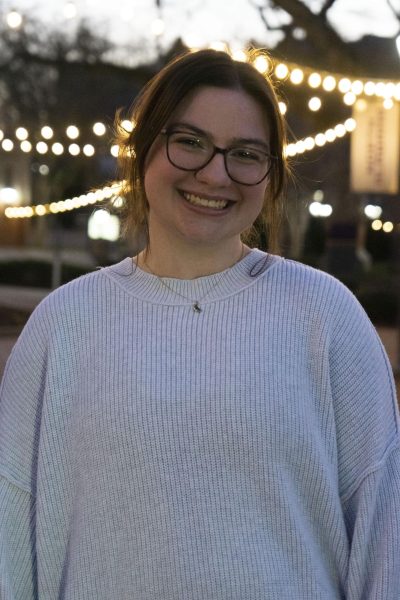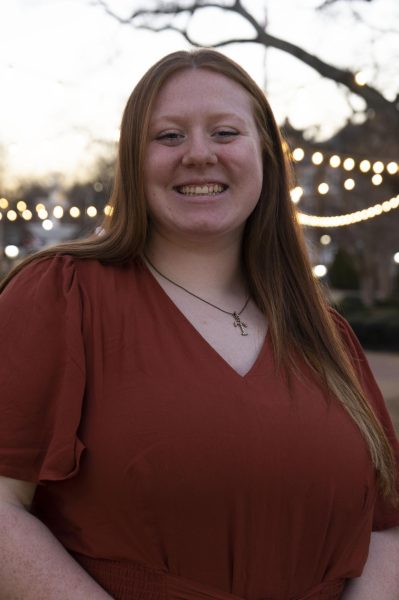Tobacco policy ignores students’ decision
August 26, 2016
Students returning to campus have likely seen signs posted near parking lots that say, “Welcome to UNA. Thank you for not smoking,” a message that once again shows the university’s lack of consideration for what students want.
The board of trustees voted June 13 to work toward making the university smoke free by fall 2017.
Vice President for Student Affairs David Shields, in a campus wide email, said President Kitts asked the shared governance committee, made of the Faculty Senate, Staff Senate and SGA Senate, to give feedback on the tobacco use policy in the 2015-16 year.
At the time, the policy banned tobacco use in all university buildings and within 30 feet of all entrances, exits, open windows and interconnected breezeways. Tobacco use included all use of smoking tobacco, as well as smokeless tobacco products like snuff and chewing tobacco. In June 2014, the board decided to include electronic cigarettes as well.
The Faculty Senate and Staff Senate supported a smoke-free campus, according to the email.
But anyone who attended SGA Senate’s meetings last year, or followed The Flor-Ala’s coverage, knows their decision was not the same.
SGA worked with the Department of Institutional Research, Planning and Assessment in fall 2015 to develop a survey asking students for their opinion on the policy.
Senate had a minimum number, 364 responses, that they required before examining results. After analyzing the data, they discovered most students who took the survey didn’t want a smoke-free campus. Instead, they wanted a campus with designated smoking areas to appease both smokers and non-smokers.
Senate sent the survey again in spring 2016, and the results showed more of the same. For that reason, during a Feb. 11 meeting they voted to pass a resolution restricting smoking to designated areas on campus.
“(SGA) wrote the resolution according to the results from the survey, discussions with students and polls at SGA events,” said then Chair of the Student Welfare Committee Mollie Schaefer in a Feb. 25 article.
“As SGA, we are here to serve the students, so we didn’t want to write something that the students couldn’t get behind.”
A concern many of the Senate discussed in the meeting was that of campus residents. For residents who smoke, a ban asks them to leave their homes when the need arises, which some members voiced they felt was an unfair request.
But, regardless of the desires of the students, the Executive Council of the university asked the board of trustees to vote on a completely smoke-free campus.
The decision names the 2016-17 year as a transition year, giving seven areas on campus where the community can smoke. The year will also include “an educational and verbal communication approach” to inform the campus of the transition, Shields said.
Although two of the groups in the Shared Governance Committee did prefer a smoke-free campus, faculty and staff are also paid employees.
In contrast, the students at UNA, who experience rising tuition and fees, are the paying customers. At some point, those who pay for a product should receive some of what they ask for, and for UNA students, that includes decisions about the campus environment.
The board has already made the decision to become smoke free. But the students of UNA have the next year to make sure their voice, which they gave last year to SGA Senate, is not ignored.
Contacting members of the Executive Council, which includes President Kitts and Vice Presidents John Thornell, Evan Thornton, David Shields and Ron Patterson, is one way to do so.
Starting a dialogue with those in the positions to help amend this decision is the first step to seeing a change.








